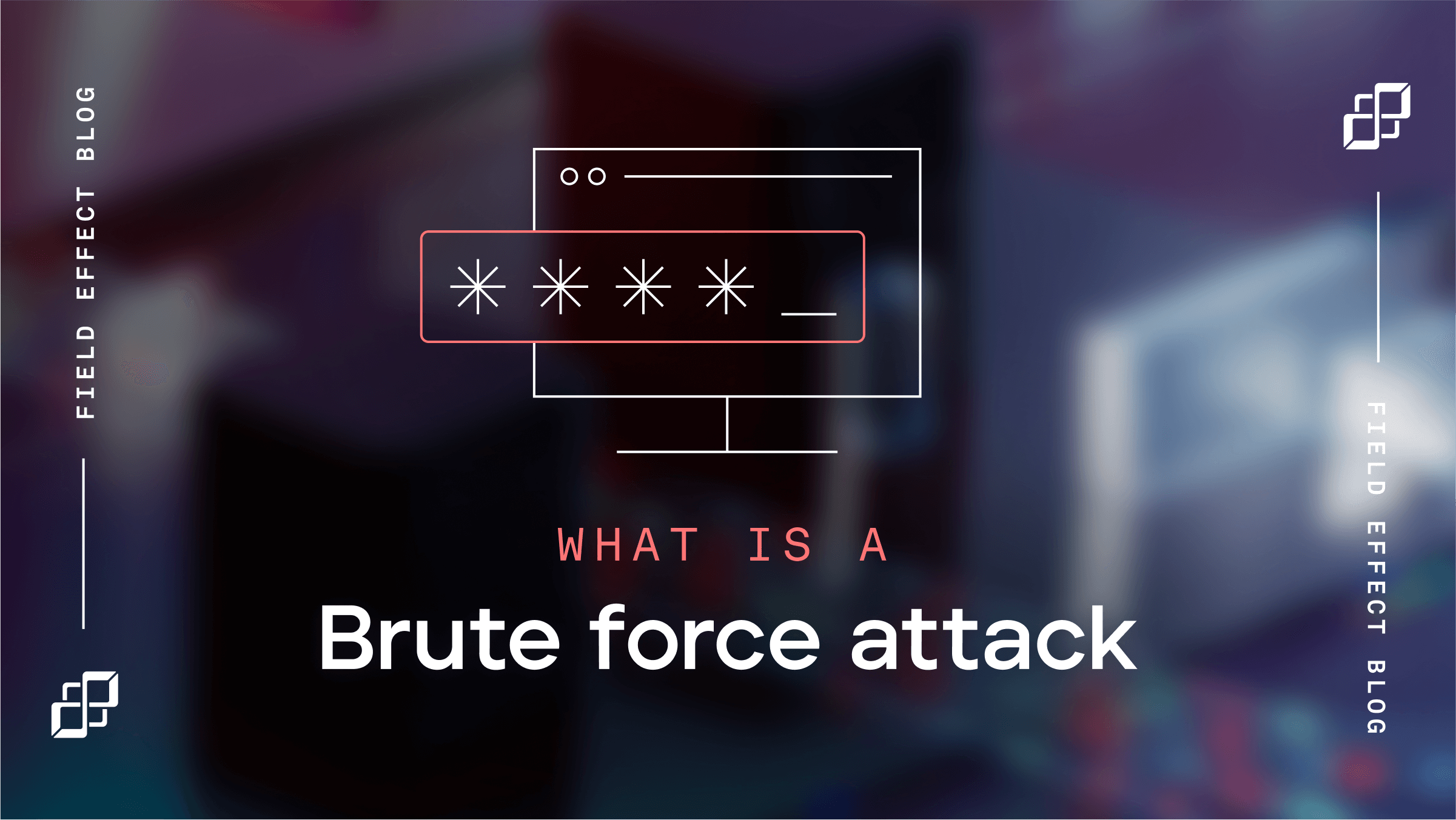
Blog Post
December 6, 2021 | Cybersecurity education
With contributions from Colin Belcourt, Monique Bardawil, and Elizabeth MacDougall.
In the event of a cyber attack on your business, do you have a plan in place to minimize impact and restore normal operations as soon as possible?
That’s what an incident response (IR) plan is for. These documents are designed to give organizations a framework they can follow to accomplish two major things: in a practical sense, IR plans help you prepare for, respond to, and recover from compromised cyber security. But in a broader sense, they help enhance cyber maturity, letting you strengthen your existing defences.
Effective IR planning and preparedness are vital: the longer it takes a company to detect and address a breach, the more costly the breach. When you do detect an attack, how fast you act may mean the difference between continued business and closing your doors permanently.
Of course, building an IR plan for your business may feel challenging. Where do you start, and what do you include?
That’s why we recommend leveraging existing incident response templates from reputable sources. These documents are designed to help your business map out the processes and procedures to handle, analyze, and appropriately respond to cyber incidents.
In this blog, you’ll learn:
An incident response plan template is a document designed to help businesses develop their own IR plan and procedures. These templates are often based on existing frameworks, such as the National Institute of Standards and Technology’s (NIST) Computer Security Incident Handling Guide or the SANS Institute’s Incident Handlers Handbook.
NIST divides IR activities into four phases:
1. Preparation — the work an organization does to get ready for incident response, including choosing the right tools and technology and ongoing team training. Other tasks involve:
2. Detection and analysis — this phase focuses on building processes to ensure your team can accurately spot an attack.
3. Containment, eradication, and recovery — in this phase, the goal is to minimize the impact of an incident and get your business back to secure operations as soon as possible.
4. Post-event activity — this phase focuses on taking the findings of an incident and applying them to strengthen defences and cyber security capabilities. What did your team learn? Are there areas for improvement?
The SANS Institute’s framework, meanwhile, expands this approach into 6 distinct phases, splitting some of what NIST categorizes as a single set of activities apart and emphasizing their individual importance:
Regardless of which framework your incident response plan template draws on, they provide a roadmap you can follow to develop your cyber security capabilities.
IR plan templates help businesses develop effective response capabilities that follow cyber security best practices, no matter what resources they have to work with. Knowing how to get started and what processes you need to follow to deal with an attack isn’t always straightforward.
Small and mid-size businesses (SMBs) frequently lack the resources and expertise of larger enterprises, but they still face the same cyber threats. Put simply, no matter how small your business, you’re still a target, and must understand how to respond to an attack in order to protect critical operations and confidential data.
In response to these challenges, many SMBs leverage third-party cyber expertise to access skills, technology, and information. Using an incident response plan template gives SMBs a way to access that expertise. All those best practices have already been identified and mapped out for you to follow.
What’s more, using an IR plan template may also help you obtain new business contracts or even earn lower cyber insurance rates. These plans help formalize your cyber security policies, giving you a reference you can point to when potential business partners or regulatory bodies want proof that you’re taking necessary precautions to protect data, intellectual property, and operations.
As mentioned above, most incident response plan templates will follow a common framework with similar elements. The exact steps will vary from business to business based on individual needs and requirements.
Broadly speaking, most IR plans will include the following:
Determining the end goal of your IR plan, including specific recovery objectives, can help focus your efforts to better address your company’s immediate and urgent threats. This may include specific statements about the plan’s scope, including exclusions that limit its scope — for example, if you have multiple offices, your IR plan may only focus on a single geographic location, with other plans in place for other locations.
In some cases, organizations draft multiple IR plans in response to major threats. While this specificity may be helpful, a single document to refer to in the event of an emergency will make it more likely that the individuals responding to the incident will take the right steps.
Producing a single, overall plan, with specific considerations for key scenarios, can be a great way to address these needs. To help get started with these specific scenarios, consider the following three cases:
In the event of a cyber attack on your network, who will put your plan into action? Determining the key roles on your response team ahead of time and having them rehearse their IR plan will help ensure they can work faster and with more confidence. Be sure to include titles, contact information, and individual responsibilities to minimize uncertainty over who handles what.
Let’s take a quick look at some of the major roles and responsibilities of an incident response team:
Of course, not all SMBs will have the resources necessary to fill each of these roles. For example, a legal representative with the cyber security background needed to ensure chain of custody is a highly specialized role that smaller organizations will have difficulty accessing. Partnering with a third party or external breach counsel can help fill the gaps and ensure you’ve got the coverage you need.
This section will be the meat and potatoes of your incident response plan: the actual sequence of events your team will follow to respond to an active cyber threat. Think of this as a guideline to help you identify the steps you should take to proceed with your response, keeping in mind that not everything will be relevant to your situation.
As we’ve mentioned before, this exact process will vary depending on the nature of the attack and your business. Here’s a sample sequence of events, drawing from both SANS and NIST publications:
Building an incident response plan might seem daunting but using an existing template can help you overcome the challenge and focus on the bigger picture without getting lost in the details. It’s always a good idea to leverage existing expertise and frameworks from reputable and governing organizations in your area.
But if you’re still not sure where to start, we’ve got you covered. Having an actionable response plan in place is the most effective way to lower the costs and impact of a security incident. Field Effect can work with you to develop a customized incident response plan that will help you bounce back from an attack.
Interested in learning more? Get your consultation today.


